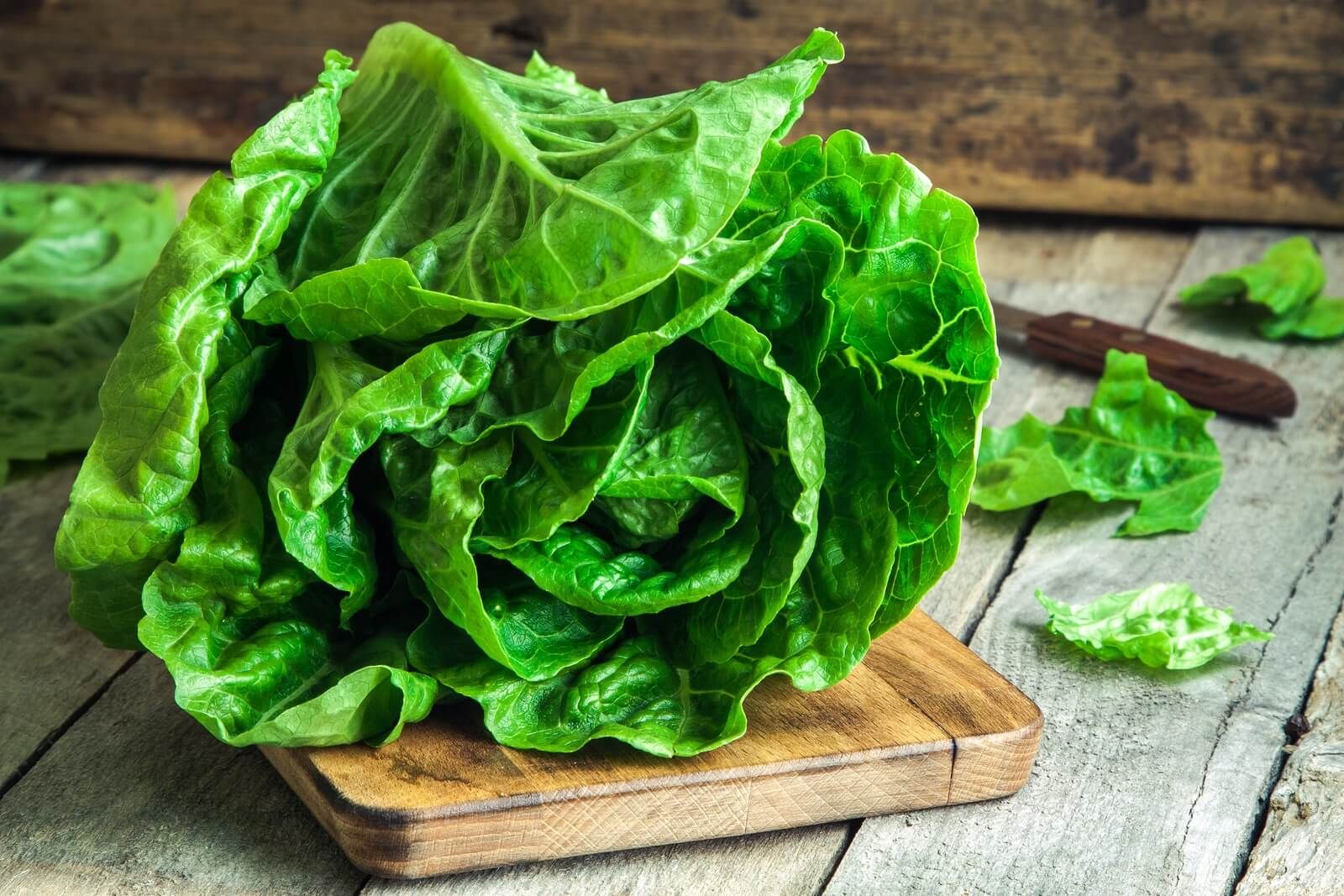

Articles
How To Store Fresh Romaine Lettuce
Modified: August 16, 2024
Learn the best ways to store fresh romaine lettuce in this informative article. Keep your greens crisp and delicious for longer with these storage tips.
(Many of the links in this article redirect to a specific reviewed product. Your purchase of these products through affiliate links helps to generate commission for Storables.com, at no extra cost. Learn more)
Introduction
Welcome to the world of fresh romaine lettuce! Whether you’re a seasoned salad lover or just starting to include more greens in your diet, understanding how to properly store romaine lettuce is essential to maintaining its crispness and freshness. Proper storage techniques not only ensure that your romaine lettuce stays delicious but also help reduce food waste.
In this article, we will guide you through the process of choosing and preparing fresh romaine lettuce, as well as provide you with different storage options to extend its shelf life. By following these tips, you can enjoy vibrant and nutritious romaine lettuce in your salads, wraps, and sandwiches for an extended period.
So, let’s dive in and explore the best practices for storing fresh romaine lettuce!
Key Takeaways:
- Properly storing romaine lettuce is essential for maintaining its crispness and flavor. Whether refrigerating, using plastic bags, or freezing, following the right storage techniques can extend its shelf life and reduce food waste.
- Handle romaine lettuce with care, store it away from ethylene-producing fruits, and avoid excessive moisture to maintain its freshness. Consider freezing for longer-term preservation and enjoy vibrant, nutritious flavors in your favorite dishes!
Read more: How To Store Romain Lettuce
Choosing and Preparing Fresh Romaine Lettuce
When it comes to selecting romaine lettuce, it’s important to choose heads that are crisp, vibrant, and free from any signs of wilting or discoloration. Look for leaves that are firm and tightly packed, with a bright green color.
To prepare your romaine lettuce for storage, start by removing any damaged or wilted leaves. Then, rinse the lettuce thoroughly under cold running water to remove any dirt or debris. Gently pat it dry using a clean kitchen towel or a salad spinner.
If you prefer, you can also separate the leaves from the head before washing and store them as individual leaves. This can make it easier to grab portions as needed.
Remember to handle the lettuce gently to avoid bruising or crushing the leaves, as this can accelerate spoilage.
Now that you have selected and prepared your fresh romaine lettuce, it’s time to move on to storing it properly to maintain its freshness.
Proper Storage Techniques for Romaine Lettuce
Proper storage is key to keeping romaine lettuce fresh and crisp for as long as possible. Here are some effective storage techniques:
Option 1: Refrigerator Storage
Refrigeration is the most common method of storing romaine lettuce. Before refrigerating, ensure that the lettuce is completely dry to prevent moisture buildup, which can lead to spoilage. Wrap the lettuce loosely in a damp paper towel to maintain some moisture without causing excessive dampness. Then, place the lettuce in a perforated plastic bag or a resealable container. The perforations allow for proper airflow, preventing the lettuce from becoming soggy.
Store the romaine lettuce in the crisper drawer of your refrigerator, where the temperature is slightly cooler and the humidity is higher. However, avoid storing it near strong-smelling foods like onions, as romaine lettuce easily absorbs odors.
Option 2: Storing Romaine Lettuce in a Plastic Bag
If you don’t have access to perforated plastic bags, you can store romaine lettuce in a regular plastic bag. Simply leave the bag slightly open to allow for some airflow and prevent moisture buildup. This method works best when the lettuce is already dry, so make sure to thoroughly dry it before placing it in the bag.
Alternatively, you can use resealable plastic bags and open them partially or make small holes in the bag with a fork or toothpick to allow for airflow. Remember to keep the lettuce away from moisture and condensation to prevent it from becoming slimy.
Read more: How To Store Chopped Romaine Lettuce
Option 3: Freezing Romaine Lettuce
If you have a surplus of romaine lettuce and want to extend its shelf life even further, you can opt to freeze it. While freezing changes the texture of lettuce, it can still be used in cooked dishes like soups, stews, and stir-fries.
To freeze romaine lettuce, start by washing and drying the leaves thoroughly. Then, chop or tear them into bite-sized pieces and blanch them in boiling water for 1-2 minutes. Immediately transfer the blanched lettuce into an ice bath to halt the cooking process. Once the lettuce has cooled, drain it well and pat it dry. Place the lettuce in a freezer-safe bag or container and remove any excess air before sealing it tightly. Label the container with the date and store it in the freezer for up to 6 months.
Note that frozen romaine lettuce will not retain its crispness, so it’s best used in cooked dishes rather than raw preparations.
Now that you are familiar with the different storage methods for romaine lettuce, let’s move on to some tips on how to extend its shelf life and keep it fresh.
Option 1: Refrigerator Storage
Refrigeration is one of the most popular methods for storing romaine lettuce. By following a few simple steps, you can ensure that your romaine lettuce stays fresh and crisp for an extended period of time.
1. Start by thoroughly drying the romaine lettuce. Excess moisture can lead to premature wilting and decay, so it’s important to remove any water from the leaves. Gently pat the lettuce dry using a clean kitchen towel or a salad spinner.
2. Once the lettuce is dry, wrap it loosely in a damp paper towel. This helps to maintain some moisture around the leaves without causing them to become excessively wet.
3. Place the romaine lettuce in a perforated plastic bag or a resealable container. The perforations allow for proper airflow, preventing the lettuce from becoming overly damp and soggy. If you are using a plastic bag, make sure to leave it partially open to promote air circulation.
4. Store the romaine lettuce in the crisper drawer of your refrigerator. This part of the fridge provides a slightly cooler temperature and higher humidity, which helps to preserve the freshness of the lettuce. Avoid storing it near ethylene-producing fruits like apples and bananas, as they can speed up the ripening process and cause the lettuce to spoil more quickly.
5. Regularly check on the romaine lettuce and remove any damaged or wilted leaves. This helps to maintain the overall quality of the lettuce and prevents the spread of any potential spoilage to the rest of the leaves.
By following these simple steps, refrigerating romaine lettuce can help extend its shelf life for up to one to two weeks, depending on its initial freshness. Remember to handle the lettuce gently when retrieving it from the refrigerator to avoid bruising the leaves.
Now that you know how to store romaine lettuce in the refrigerator, let’s explore another option for keeping it fresh—storing it in a plastic bag!
Option 2: Storing Romaine Lettuce in a Plastic Bag
If you don’t have access to perforated plastic bags or containers, you can still effectively store romaine lettuce by using a regular plastic bag. This method is simple and can help preserve the freshness of the lettuce for a decent amount of time.
Here’s how you can store romaine lettuce in a plastic bag:
1. Start by thoroughly washing the romaine lettuce under cold running water to remove any dirt or debris. Pat the lettuce dry with a clean kitchen towel or use a salad spinner to remove excess moisture. It’s important to ensure that the lettuce is completely dry before storing it in the plastic bag.
2. Once the lettuce is dry, place it in a regular plastic bag. One way to do this is to hold the bag open and gently slide the lettuce inside. Alternatively, you can also place the lettuce in a resealable plastic bag.
3. Leave the bag slightly open to allow for some airflow. This is crucial to prevent the buildup of moisture, which can lead to the lettuce becoming slimy and hasten decay. When the bag is partially open, it allows the lettuce to breathe and maintains an optimal environment for freshness.
4. Store the plastic bag with the romaine lettuce in the crisper drawer of your refrigerator. This section of the fridge provides a slightly cooler temperature and higher humidity, which helps prolong the shelf life of the lettuce. Make sure to keep the lettuce away from ethylene-producing fruits and vegetables, as they can cause the lettuce to spoil faster.
5. Periodically check the lettuce for any signs of wilting or decay. Remove any damaged or wilted leaves to prevent them from affecting the quality of the rest of the lettuce. Keeping the bag slightly open during storage also allows you to easily inspect and manage the lettuce’s condition.
By storing romaine lettuce in a plastic bag and following these guidelines, you can extend its freshness for about one to two weeks, depending on how fresh it was when initially purchased. Remember to handle the lettuce with care when retrieving it from the bag to prevent any bruising or damage.
Now that you know how to store romaine lettuce in a plastic bag, let’s explore another storage option: freezing the lettuce!
Option 3: Freezing Romaine Lettuce
If you find yourself with an abundance of romaine lettuce and want to extend its shelf life even further, freezing is a viable option. While the texture of the lettuce may change after freezing, it can still be used in cooked dishes like soups, stews, and stir-fries.
Here’s a step-by-step guide on how to freeze romaine lettuce:
1. Start by washing the romaine lettuce thoroughly under cold running water to remove any dirt or debris. Pat the lettuce dry with a clean kitchen towel or use a salad spinner to remove excess moisture.
2. After drying, chop or tear the romaine lettuce into bite-sized pieces. This makes it easier to use in recipes later on.
3. Blanch the lettuce by placing the pieces in a pot of boiling water for about 1-2 minutes. Blanching helps to preserve the color and stop the enzymatic activity that can cause the lettuce to spoil. It also helps to maintain the nutritional value of the lettuce.
4. After blanching, quickly transfer the lettuce into a bowl of ice water. This process, known as “shocking,” helps to halt the cooking process and cool down the lettuce rapidly.
5. Drain the lettuce thoroughly after it has cooled down. You can use a colander or gently pat it dry with a clean kitchen towel to remove any excess water.
6. Place the blanched and drained romaine lettuce into a freezer-safe bag or container. Remove any excess air from the bag to prevent freezer burn and seal it tightly. Alternatively, you can wrap the lettuce tightly in aluminum foil or use freezer-grade cling wrap.
7. Label the bag or container with the date and store it in the freezer. The romaine lettuce will remain good for about 6 months, but for the best quality, try to use it within the first 3-4 months.
When you’re ready to use the frozen romaine lettuce, keep in mind that it will have a softer texture compared to fresh lettuce. It’s best to incorporate it into cooked dishes rather than using it for salads or sandwiches.
By freezing romaine lettuce, you can prevent it from going to waste and have a convenient supply on hand for various recipes. Just remember to blanch and properly store the lettuce to maintain its quality in the freezer.
Now that you know how to freeze romaine lettuce, let’s move on to some helpful tips for extending its shelf life.
Read more: How To Store Romaine Lettuce Hearts
Tips for Extending the Shelf Life of Romaine Lettuce
Proper storage is essential for maintaining the freshness and quality of romaine lettuce. Here are some additional tips to help you extend its shelf life:
1. Handle with Care:
Gently handle romaine lettuce to avoid bruising or damaging the leaves. Even slight bruising can accelerate spoilage, so be cautious when washing, drying, and storing the lettuce.
2. Store Away from Ethylene-Producing Fruits:
Take care to store romaine lettuce away from ethylene-producing fruits and vegetables, such as apples, bananas, and tomatoes. Ethylene gas can accelerate the ripening process and cause the lettuce to spoil more quickly.
3. Avoid Excessive Moisture:
Ensure that the romaine lettuce is completely dry before storing it. Excess moisture can promote bacterial growth and lead to premature wilting and decay. Use a salad spinner or gently pat the leaves dry with a clean kitchen towel to remove excess water.
Read more: How To Store Washed Romaine Lettuce
4. Use Airtight Containers:
If storing romaine lettuce in containers, opt for airtight options to prevent moisture loss and maintain crispness. Airtight containers help to create the ideal environment for the lettuce, keeping it fresh for a longer period.
5. Check and Remove Wilted Leaves:
Regularly check the romaine lettuce for any signs of wilting or decay. Remove any damaged or wilted leaves promptly to prevent the spread of spoilage and maintain the quality of the remaining lettuce.
6. Revive Wilted Leaves:
If you notice slightly wilted romaine lettuce leaves, you can revive them by soaking them in ice water for a few minutes. This can help to restore their crispness and make them more enjoyable to eat.
7. Consider Partial Harvesting:
If you grow romaine lettuce in your garden, consider harvesting only the leaves you need at a given time. This allows the remaining plants to continue growing, ensuring a steady supply of fresh lettuce over time.
Read more: How To Store Fresh Lettuce
8. Use Freshness Indicators:
Some packaged romaine lettuce comes with “best before” or “use by” dates. Utilize these indicators to prioritize consuming the lettuce before it potentially spoils.
By following these tips, you can maximize the shelf life of romaine lettuce and minimize food waste. Enjoy the crispness and deliciousness of freshly stored romaine lettuce in your favorite salads, wraps, and dishes!
Now, let’s conclude the article.
Conclusion
Properly storing romaine lettuce is crucial for maintaining its freshness and extending its shelf life. By following the right storage techniques, you can enjoy crisp and flavorful romaine lettuce in your meals for an extended period.
In this article, we discussed different options for storing romaine lettuce, including refrigerator storage, storing it in a plastic bag, and even freezing it for longer-term preservation. Each method has its advantages, so choose the one that suits your needs and available resources.
Remember to handle the romaine lettuce with care, remove any damaged or wilted leaves, and keep it away from ethylene-producing fruits and vegetables to prevent premature spoilage. Proper drying, wrapping in paper towels, and using perforated bags or airtight containers can help maintain the crispness and prevent excess moisture buildup.
If you find yourself with an abundance of romaine lettuce, freezing it is a viable option. Although the texture will change, you can still use the frozen romaine lettuce in cooking preparations like soups and stews.
By implementing these storage techniques and tips, you can significantly extend the shelf life of romaine lettuce and reduce food waste in your kitchen. So, next time you shop for fresh romaine lettuce, remember to choose the best heads, prepare them properly, and store them with care for maximum freshness.
Now that you’ve learned the art of storing romaine lettuce, it’s time to put your newfound knowledge into practice and enjoy the vibrant and nutritious flavors of this leafy green in your favorite dishes!
Frequently Asked Questions about How To Store Fresh Romaine Lettuce
Was this page helpful?
At Storables.com, we guarantee accurate and reliable information. Our content, validated by Expert Board Contributors, is crafted following stringent Editorial Policies. We're committed to providing you with well-researched, expert-backed insights for all your informational needs.
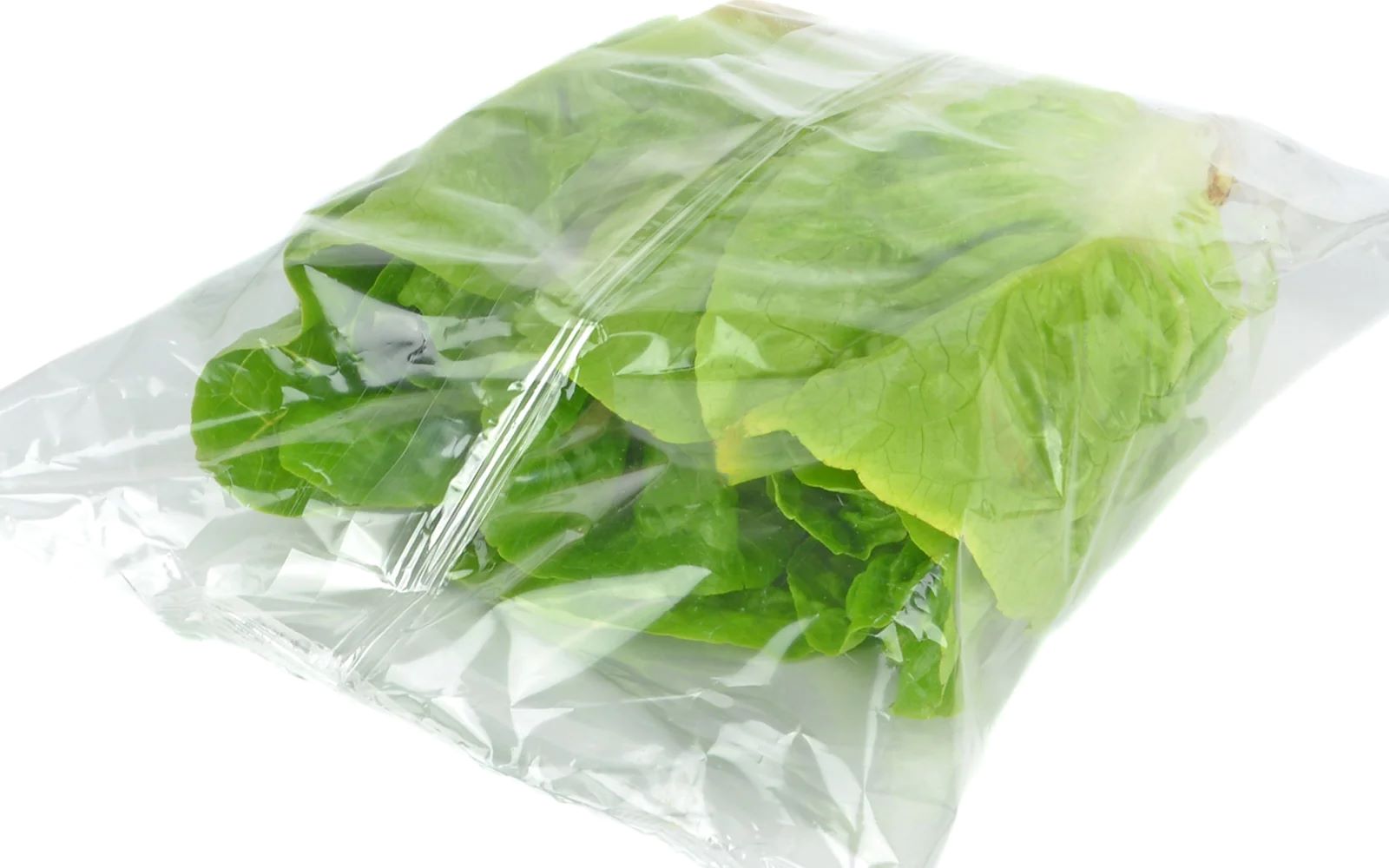
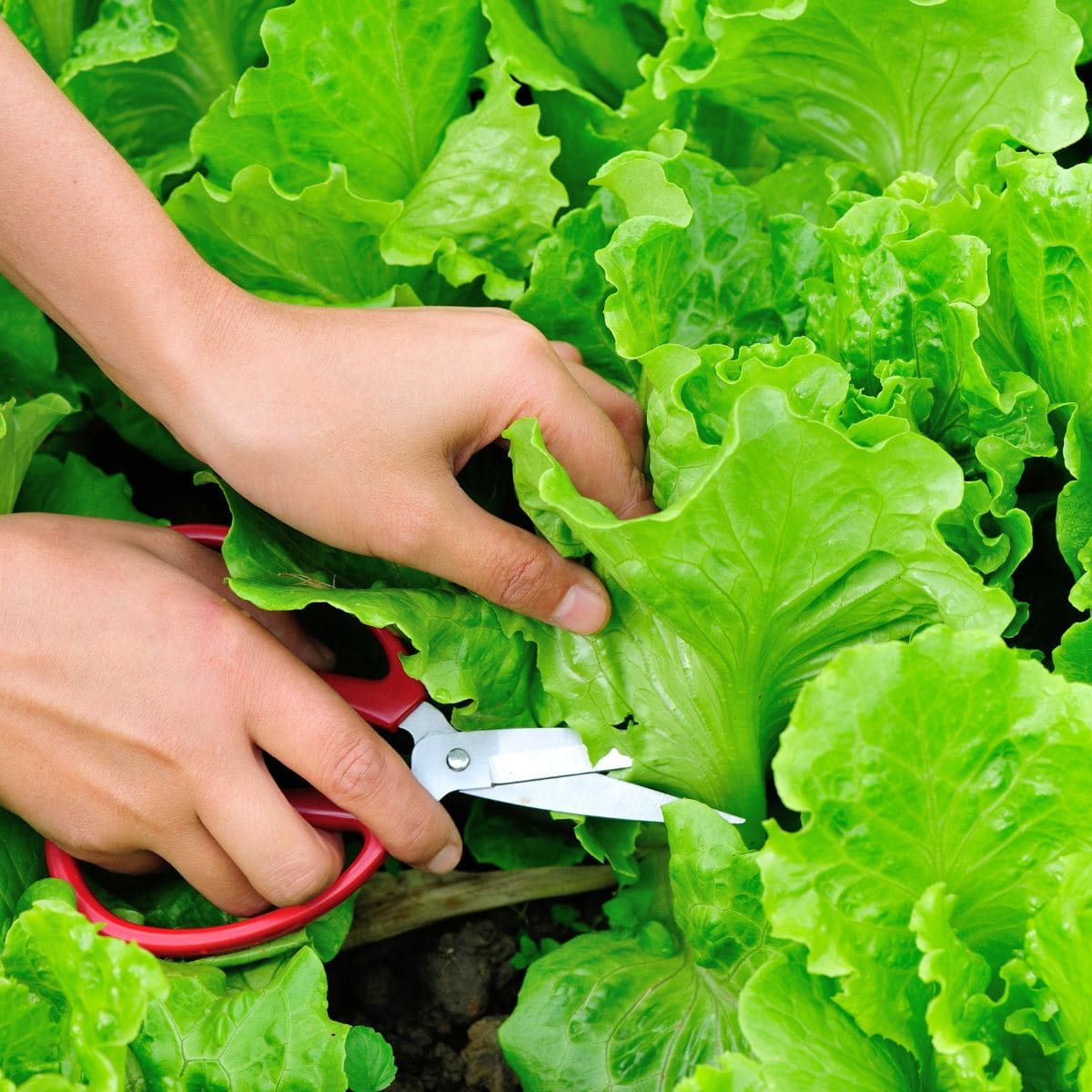
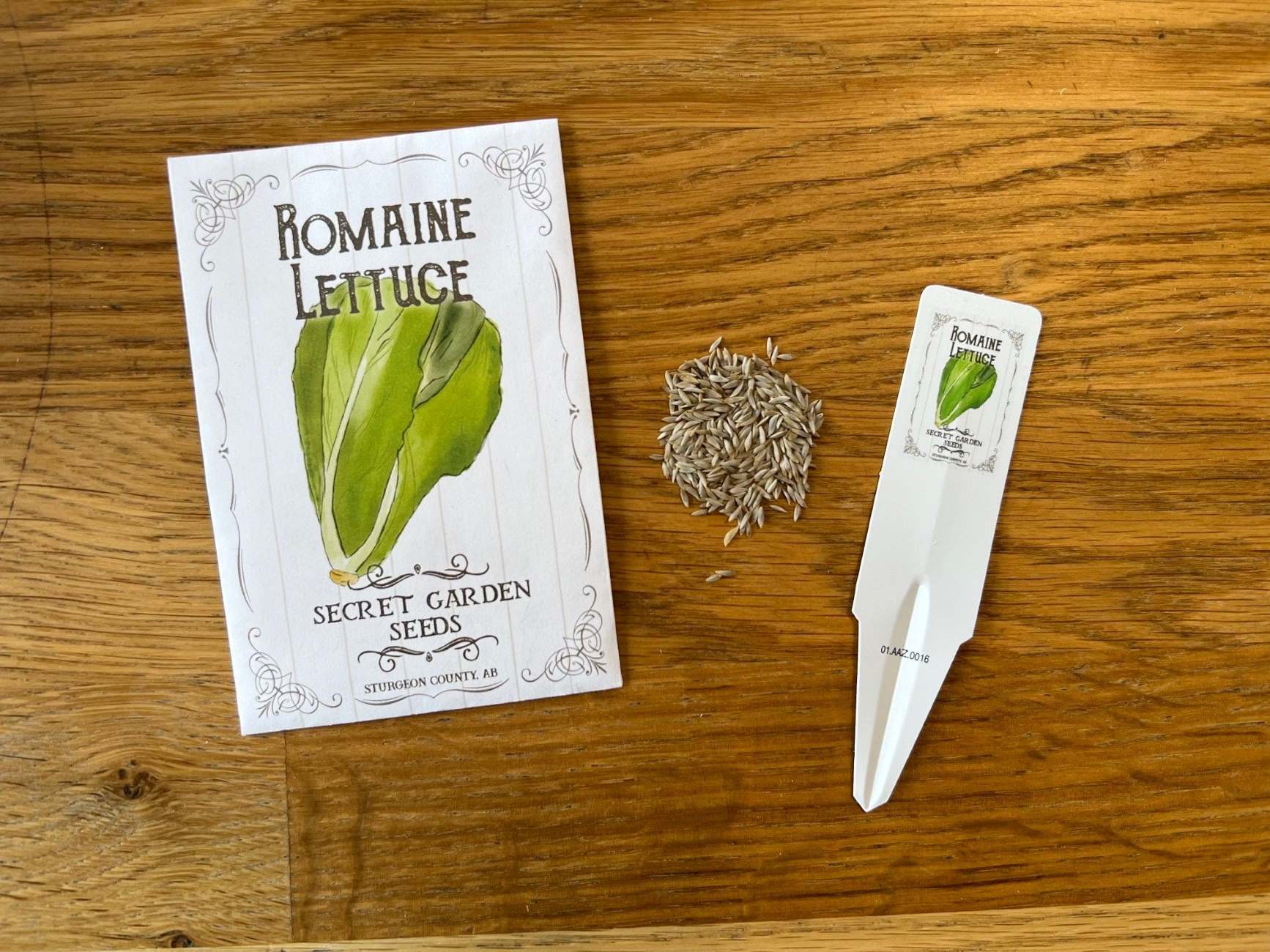
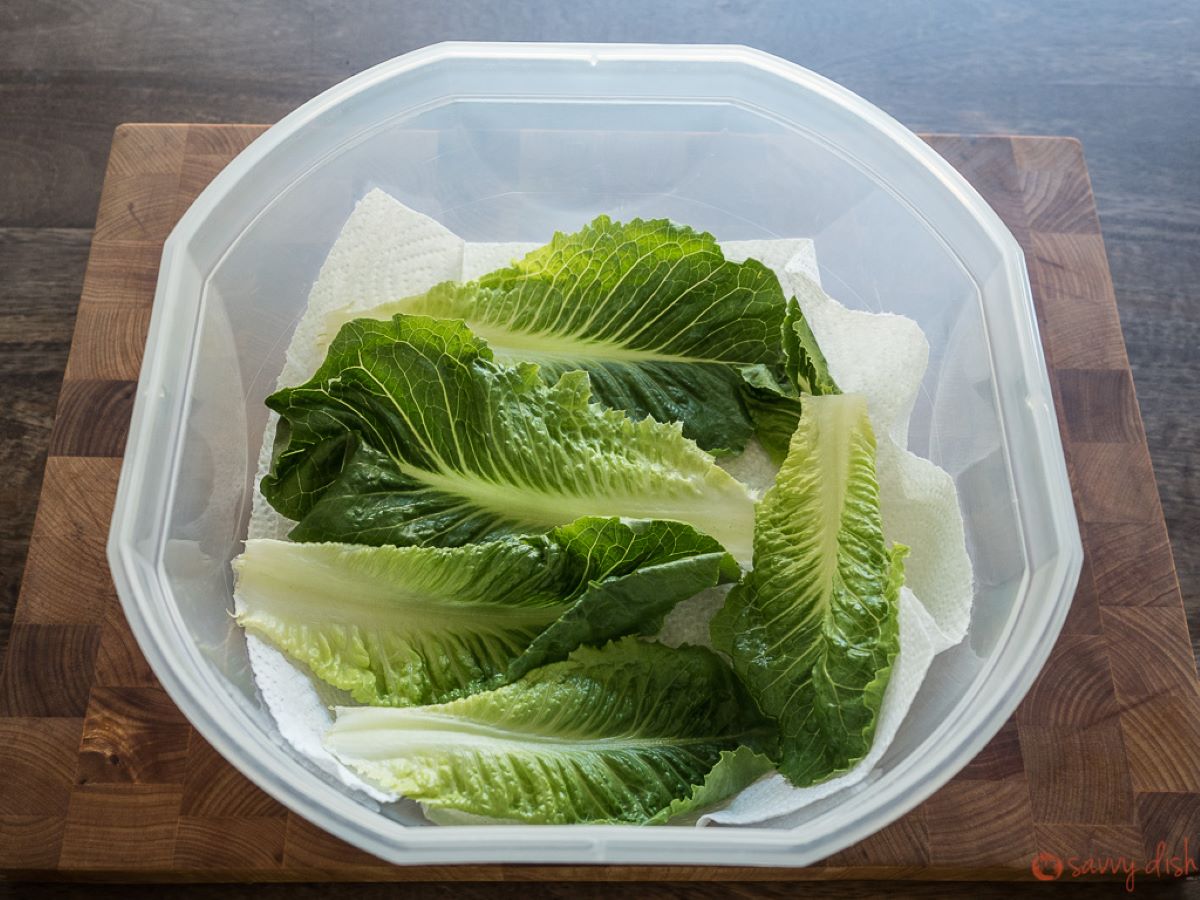
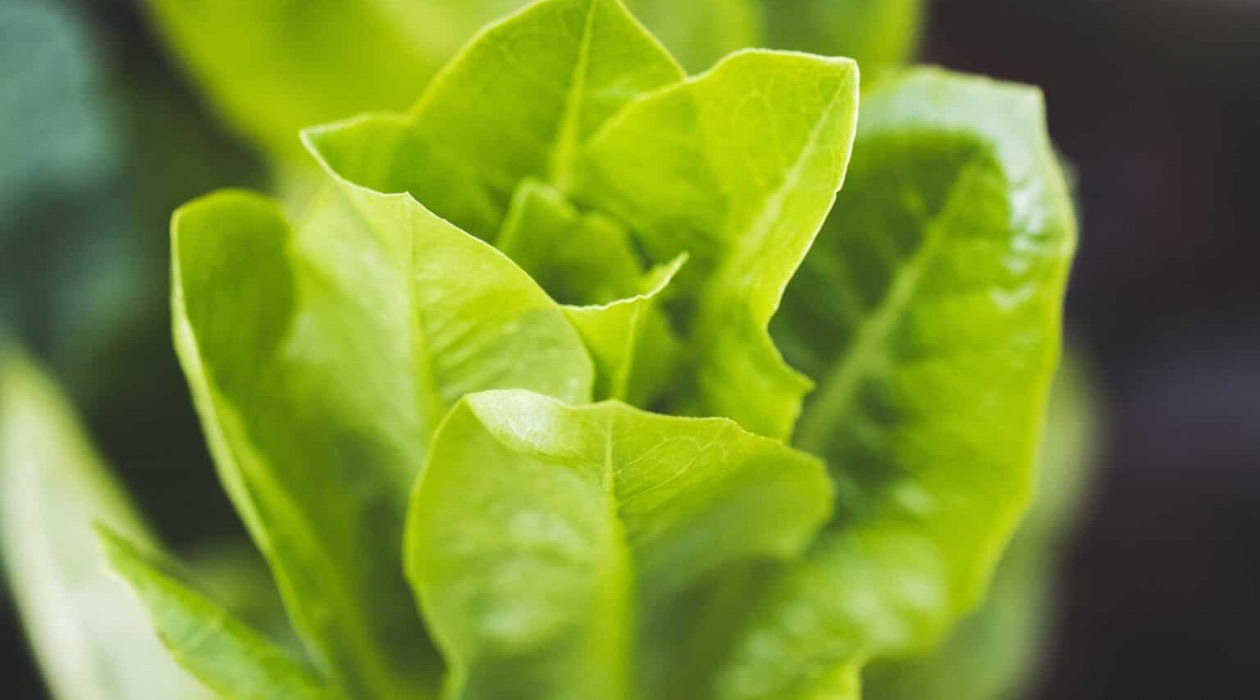
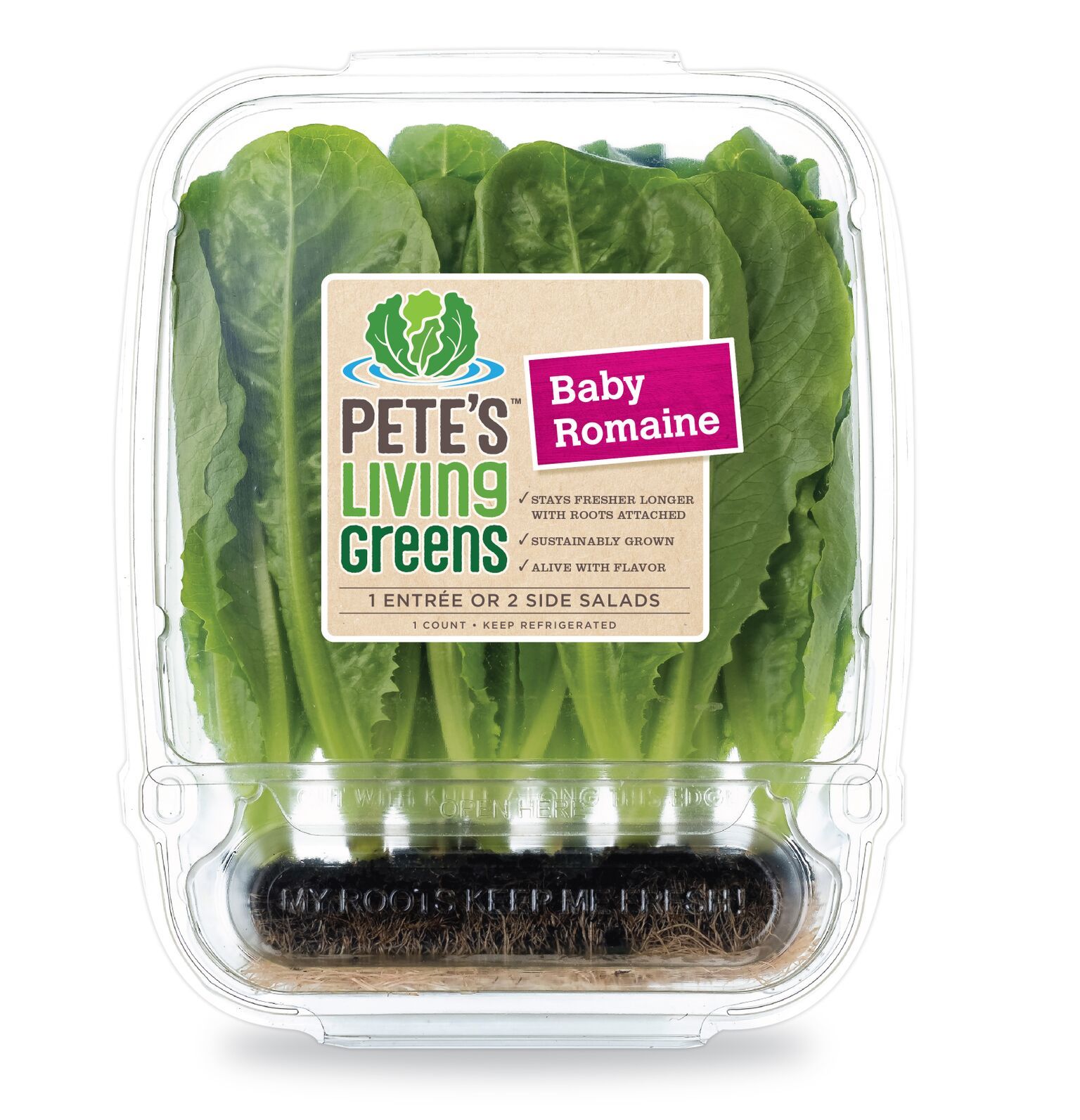
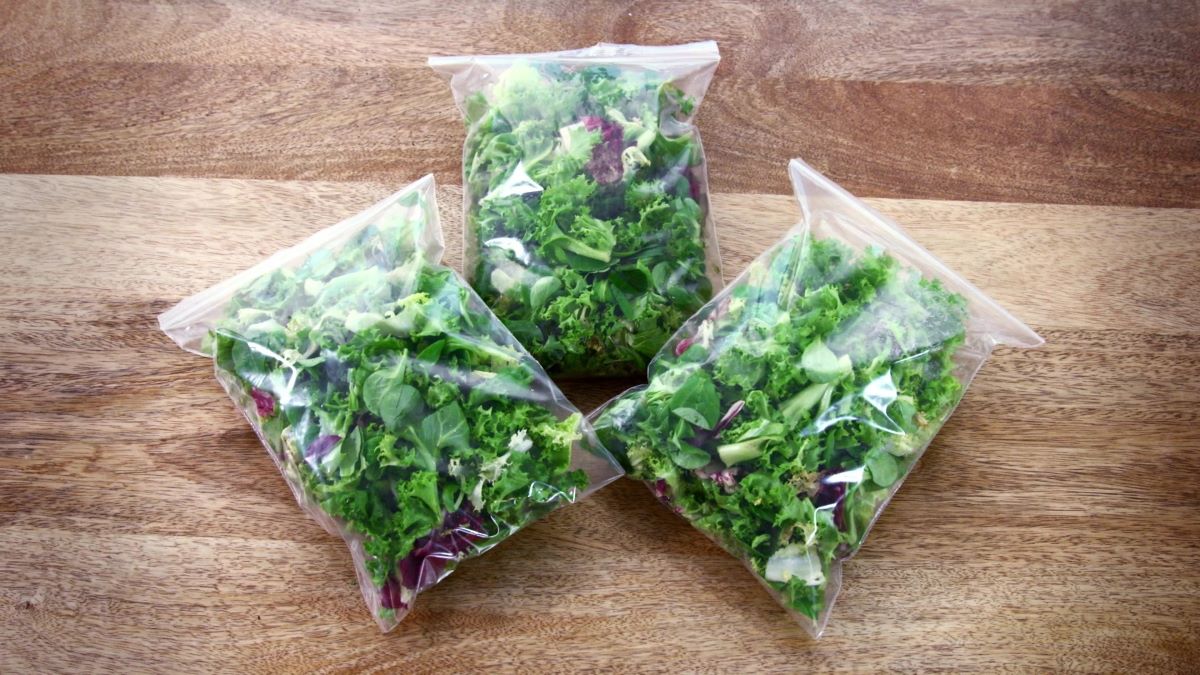
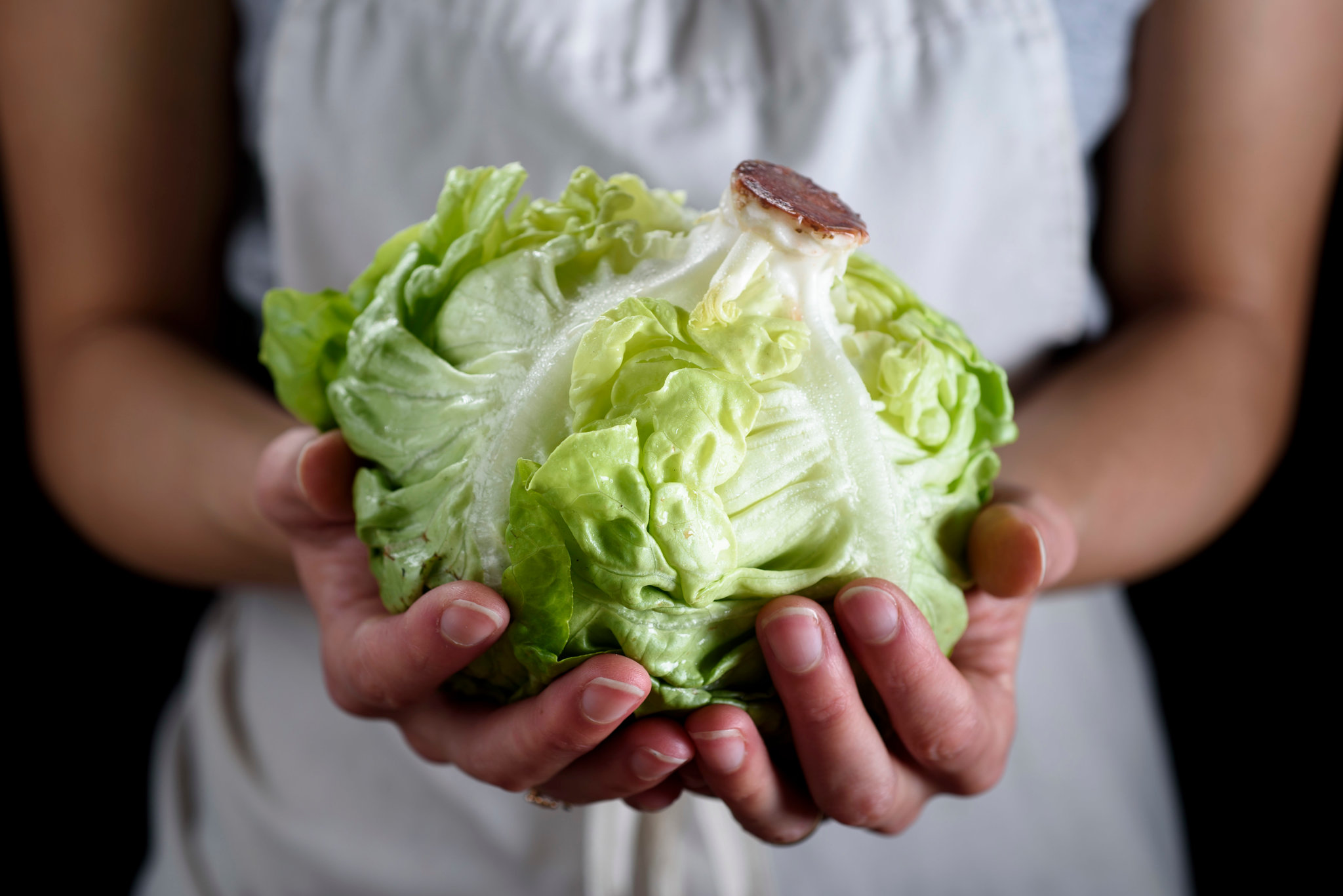
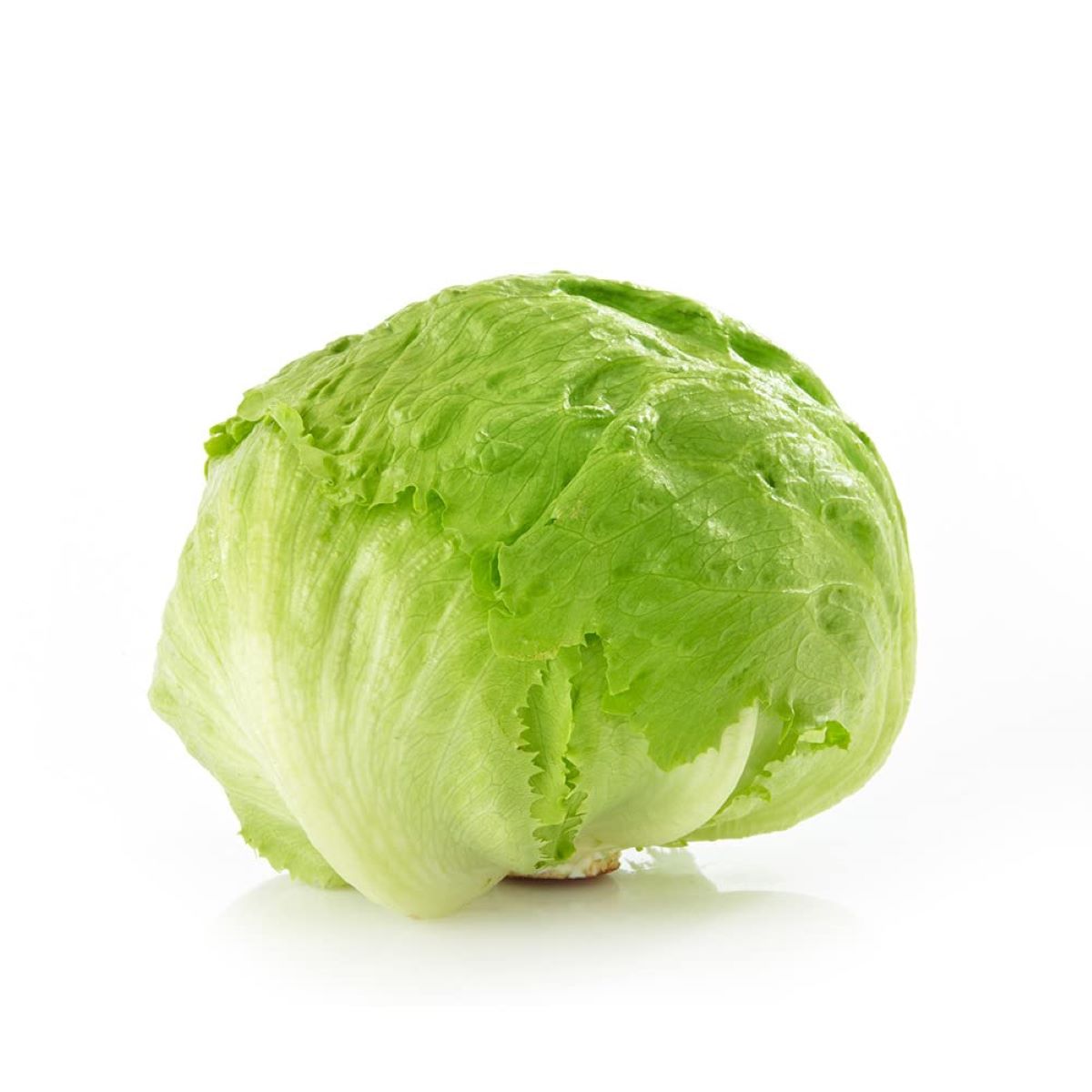
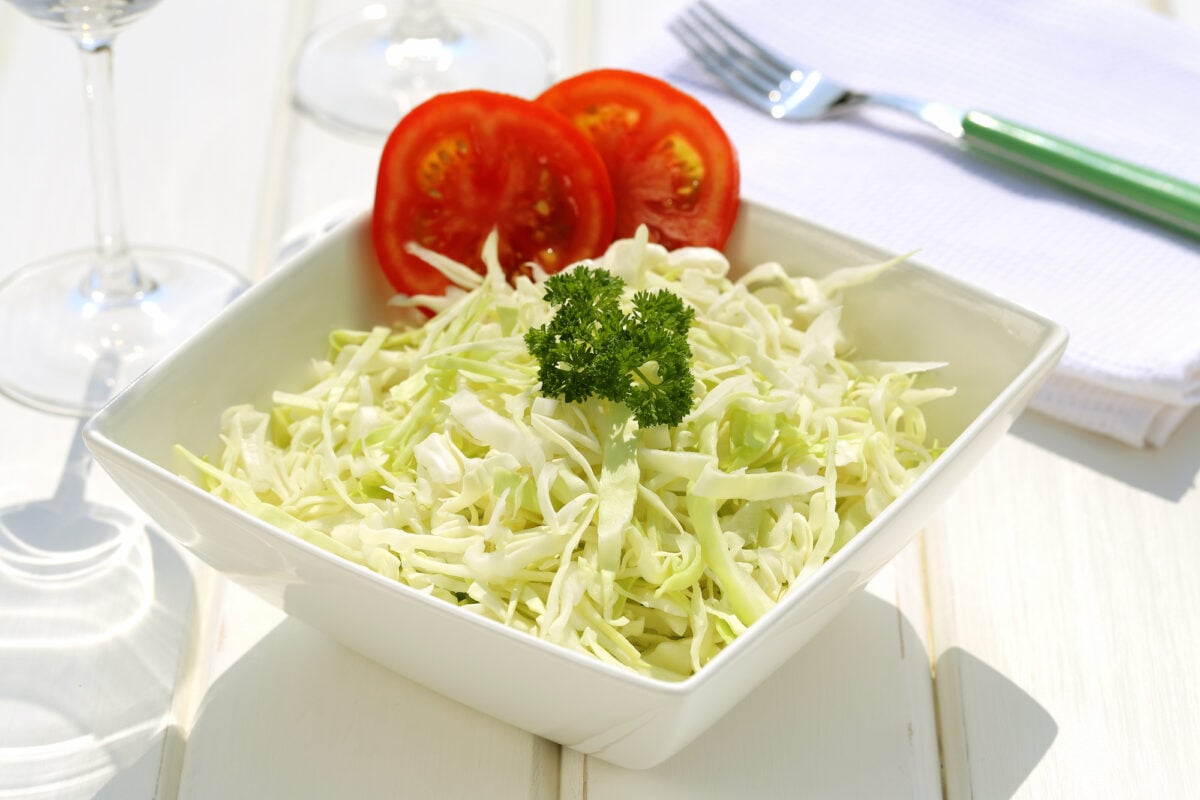
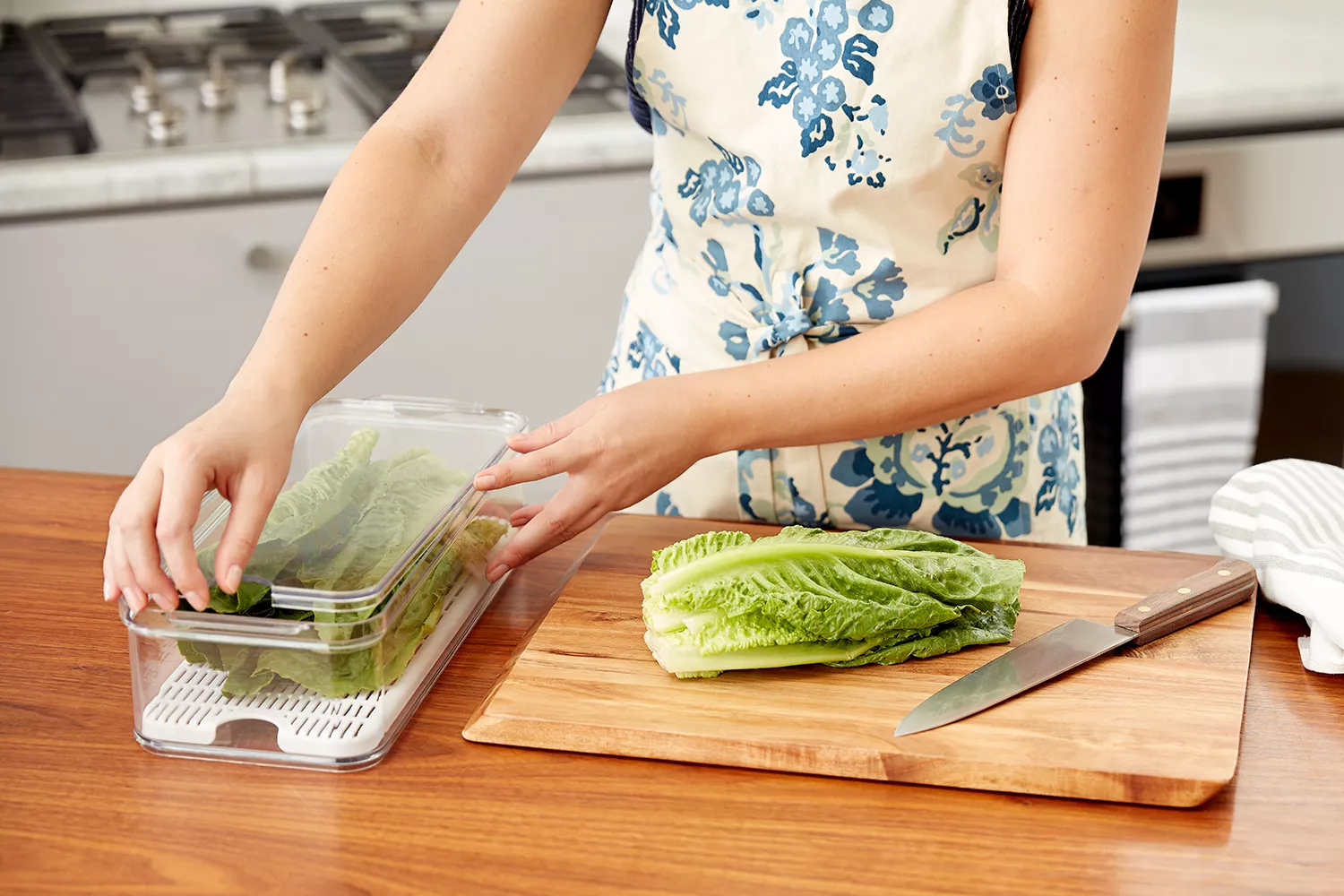

0 thoughts on “How To Store Fresh Romaine Lettuce”